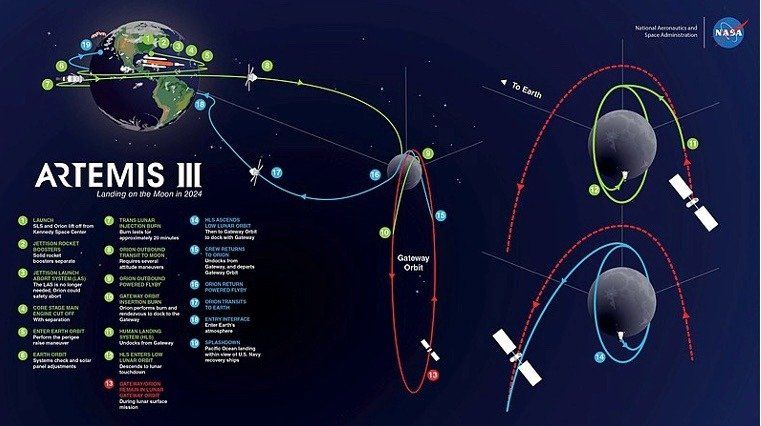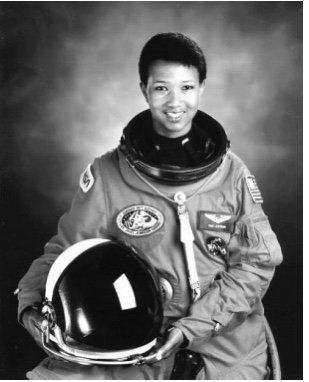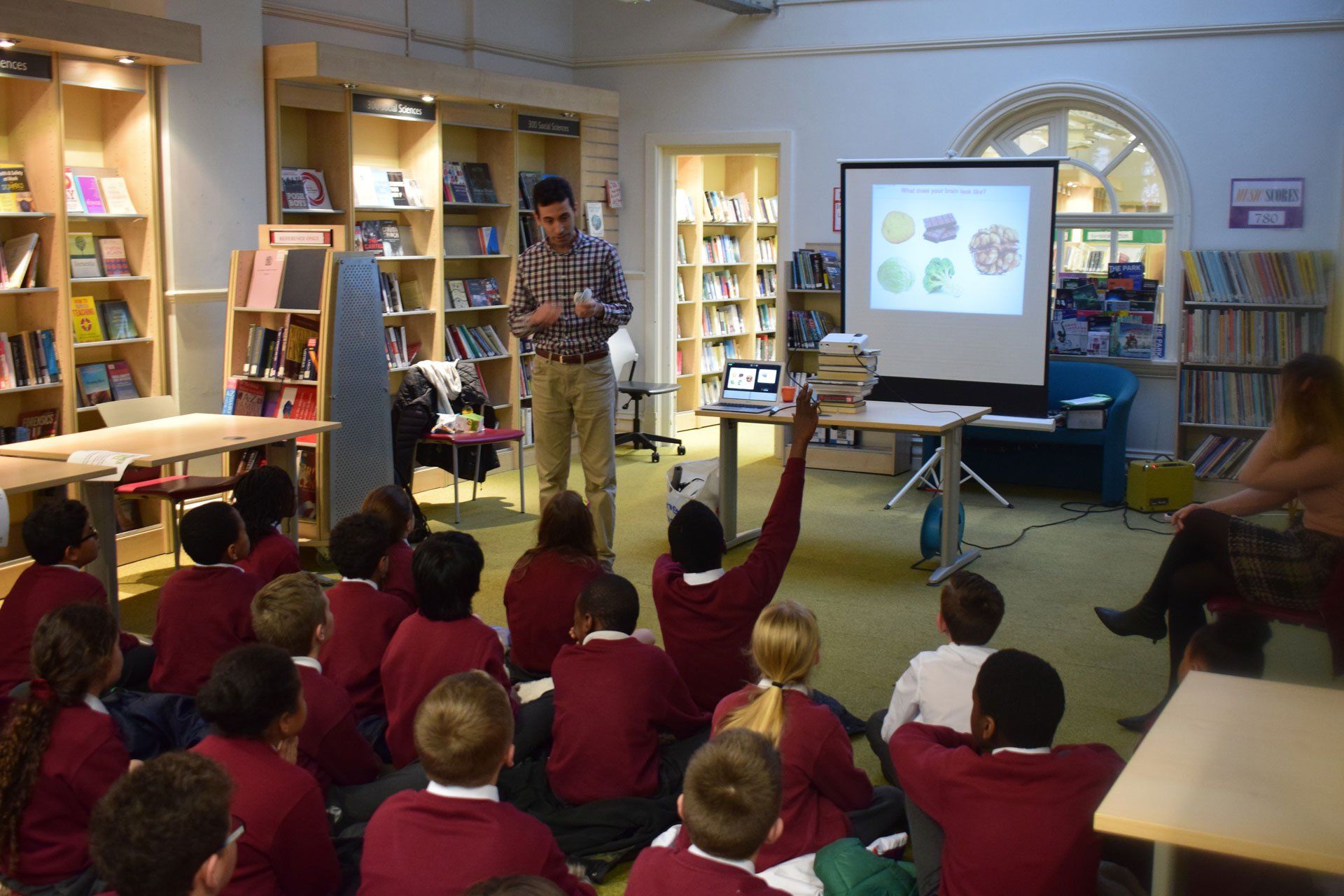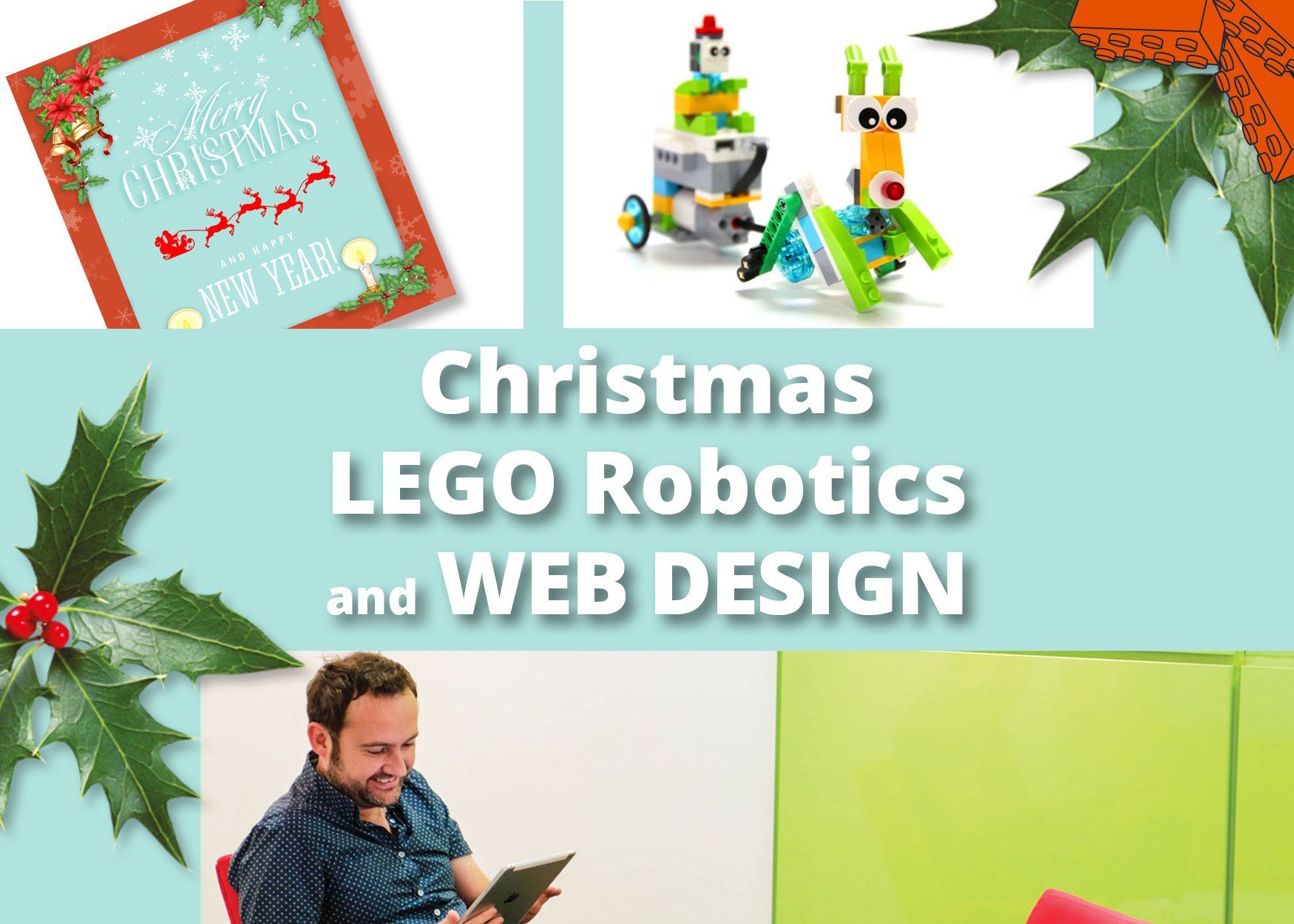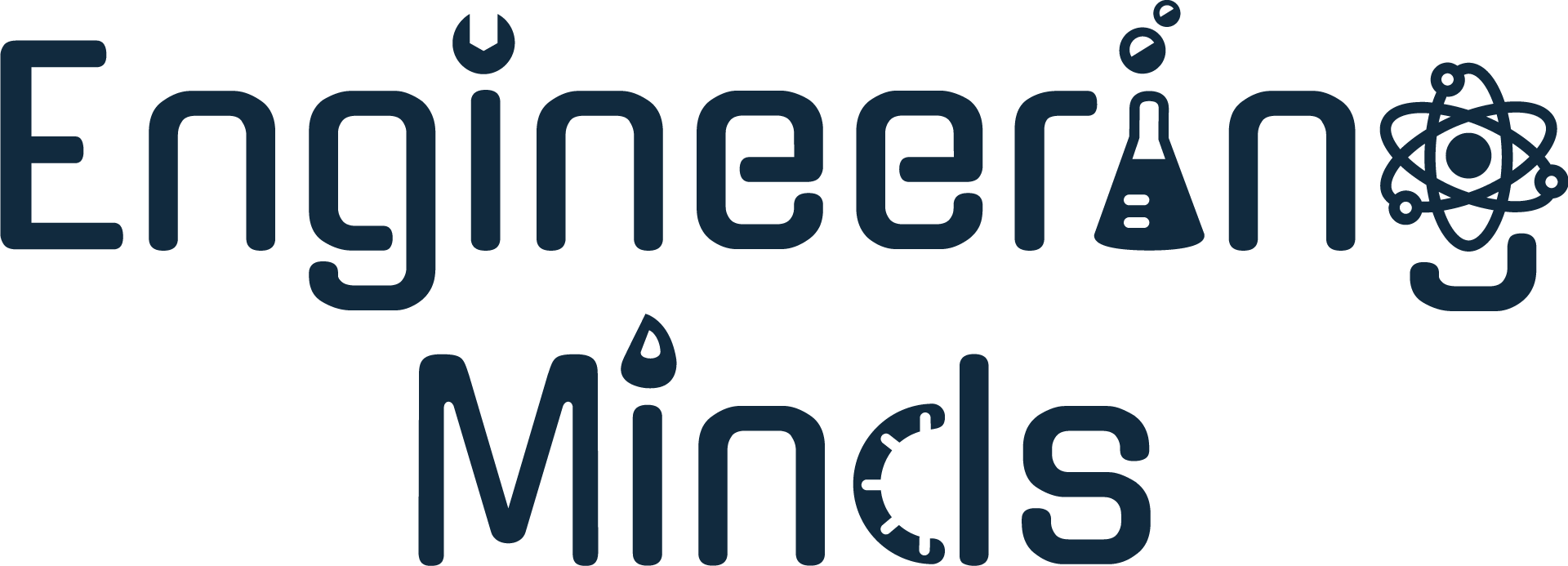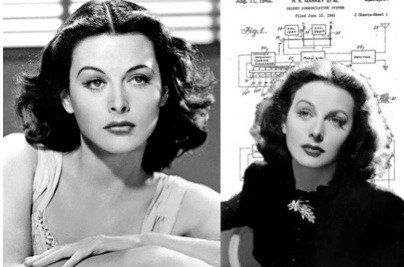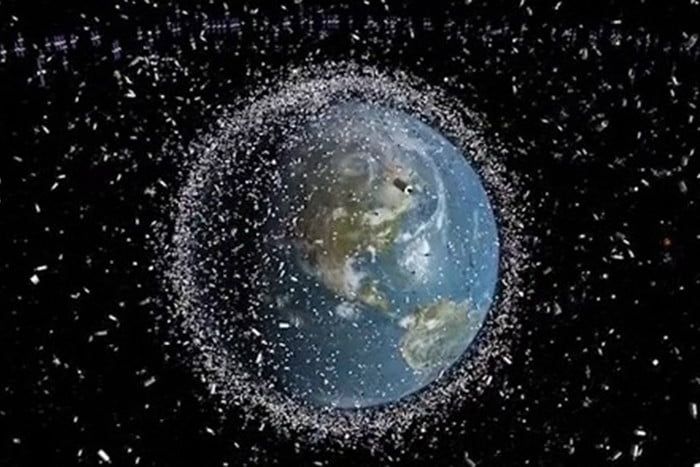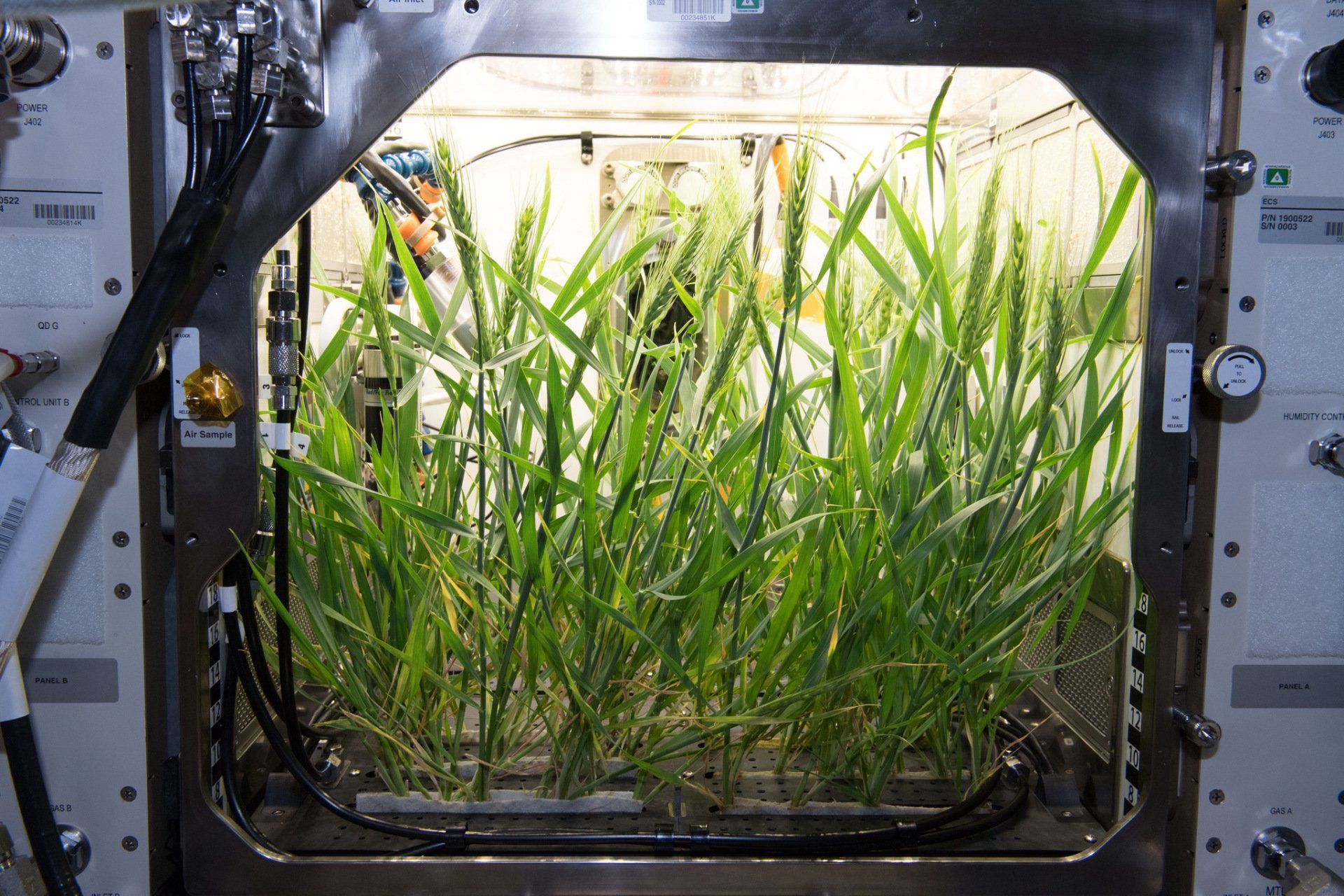Moon Landing
- By EM Team
- •
- 04 Aug, 2021
- •
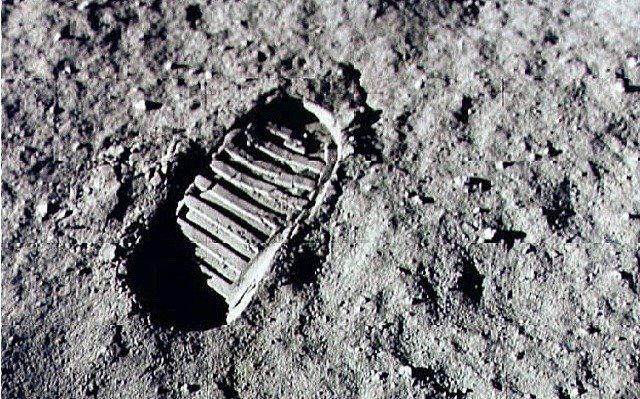
On July 20, 1969, American astronaut Neil Armstrong laid his left foot on the lunar surface and famously said “That’s one small step for man, one giant leap for mankind.”
52 years ago, Neil Armstrong was the first human to ever step foot on the Moon followed by lunar module pilot Buzz Aldrin.
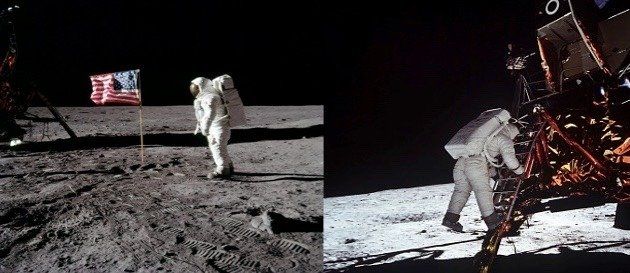
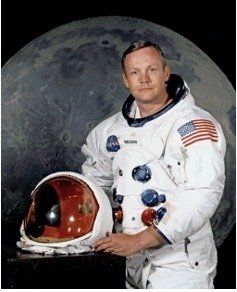
Neil A. Armstrong was born in Wapakoneta, Ohio on August 5, 1930. He had a Bachelor of Science Degree in Aeronautical Engineering and a Master of Science in Aerospace Engineering.
For 17 years, Armstrong served as an engineer, test pilot, astronaut and administrator for NACA (National Advisory Committee for Aeronautics).
Later, Armstrong was assigned as a command pilot for the Gemini 8 mission launched on March 16, 1966, where two vehicles successfully docked in space.
During the Apollo 11 mission, Armstrong gained the distinction of being the first man to land a craft on the Moon and the first human to step on its surface.
He then became a Professor of Aerospace Engineering between 1971-1979. Armstrong was later chairman of Computing Technologies for Aviation, Inc., during 1982-1992. Armstrong passed away on August 25, 2012, at the age of 82.

Edwin Eugene aldrin Jr, better known as Buzz Aldrin, was an American astronaut, engineer and fighter pilot. Born January 20, 1930.
During his time with NASA, Buzz Aldrin was involved in missions Gemini 12 and Apollo 11. Where he had spent 12 days, 1 hour and 53 minutes in space.
Before working with NASA, Buzz Aldrin was commissioned into the United States Air Force and served as a jet fighter pilot during the Korean War. He had flown 66 combat missions with over 2,500 total flight hours.
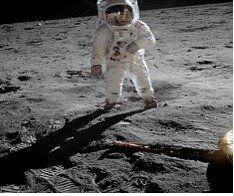
Apollo 11 was the first manned mission to land on the Moon and this was made possible by the Saturn V rocket. The rocket was 111 meters tall and when fully fuelled, it weighed 2,800,000 kg. Its immense thrust and power meant it could launch 43,500 kg to the Moon.
The rocket was called a Heavy Lift Vehicle which means it was very powerful and able to lift huge amounts of weight. It was the most powerful rocket that had ever flown successfully.
Half a century later, the event that happened on 1969 is still one of the top achievements of humankind. Despite our rapid advances with technology where an iPhone is more powerful than the computer that landed man on the Moon, humans have not been back to the Moon since 1972.
With the introduction of the Artemis program, NASA has established the goal of returning to the Moon by the year 2024 known as mission Artemis III.

